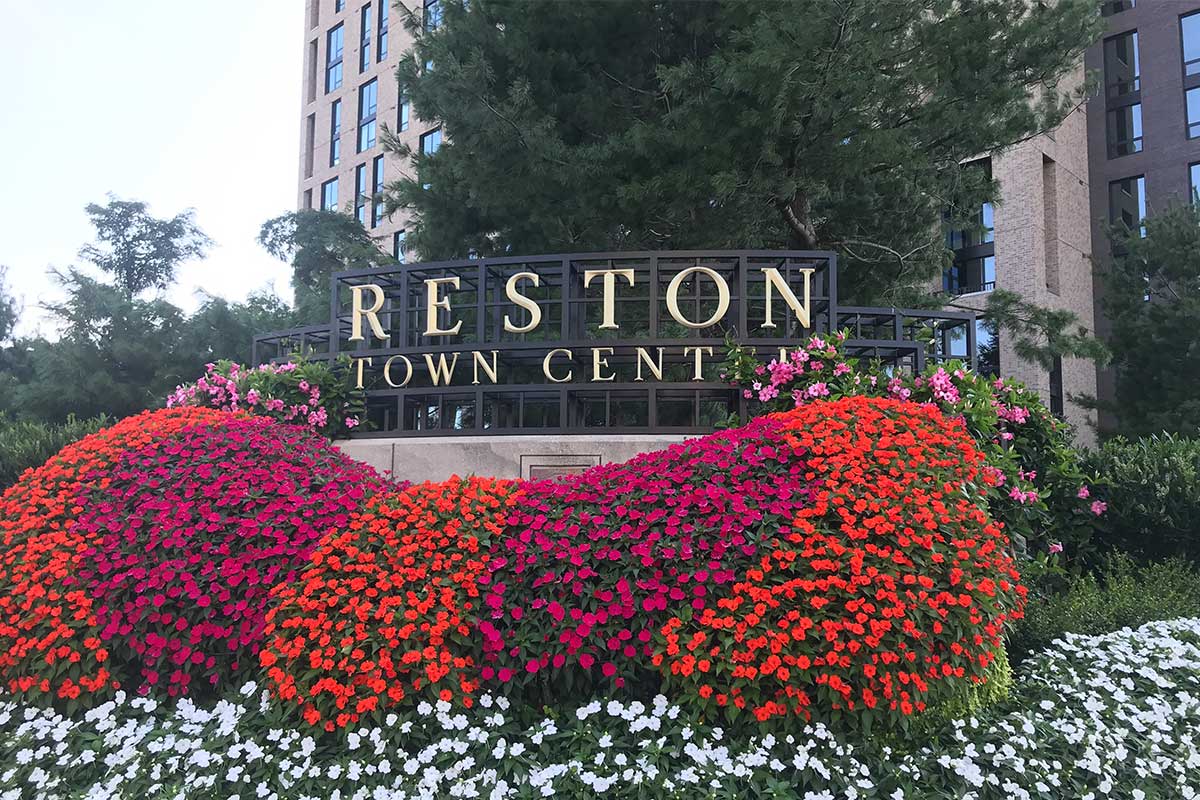Essential Chimney Inspection Tips for Homebuyers in Reston, VA
When purchasing a home in Reston, Virginia, one focal point that tends to get overlooked is the state of the chimney. A functional and well-maintained chimney is not only a charming architectural feature but also plays a vital role in ensuring the safety of your home. A neglected chimney can lead to serious health hazards and property damage, such as carbon monoxide poisoning and house fires.
While it is true that a home inspection covers some aspects of the chimney, it is usually a cursory overview. A thorough chimney inspection should be carried out by a professional, like A&T Chimney Sweeps fireplace, furnace, dryer vent, gutter cleaning and repair services in Reston VA. This inspection can reveal underlying issues that may be costly to fix after the home purchase is completed.
Here are some essential chimney inspection tips to consider as a homebuyer in Reston, VA.
1. Check the Chimney Cap and Crown
The chimney cap and crown are designed to prevent water, debris, and animals from entering the chimney. A damaged cap or crown can lead to water seepage, which can cause extensive damage to the chimney structure. It can also allow animals to nest inside the chimney, leading to blockages. Therefore, ensure that the cap and crown are in good shape and properly installed.
2. Inspect the Chimney Liner
A chimney liner protects the house from heat transfer to combustibles and maintains the optimal efficiency of the fireplace. A broken or cracked liner can cause a house fire and should be replaced immediately.
3. Look for Signs of Water Damage
A chimney with water damage is a big red flag. Signs of water damage include efflorescence (white, chalky residue), rust stains, and dampness inside the fireplace. Water damage can weaken the chimney structure and lead to costly repairs.
4. Check the Chimney Masonry
A well-maintained chimney masonry enhances the life span and performance of the chimney. Look for signs of damaged bricks and missing or deteriorated mortar joints. This could indicate a lack of maintenance and potential water penetration problems.
5. Assess the Chimney Flue
A blocked or damaged flue can result in inefficient burning and dangerous fumes entering your home. Make sure the flue is free of blockages and in good condition.
6. Ask for Chimney Inspection Records
If the previous homeowner had regular chimney inspections and maintenance, they should have these records available. These records can give you an idea of the chimney’s condition and how well it has been maintained.
7. Hire a Professional Chimney Inspector
A professional chimney inspector has the knowledge and equipment to perform a thorough and accurate assessment of the chimney’s condition. They can identify potential problems that the average person might miss.
While a home inspector can provide a basic evaluation of the chimney, hiring a chimney professional ensures a thorough, in-depth analysis.
FAQs
Q1. How often should a chimney be inspected?
The National Fire Protection Association recommends that chimneys be inspected at least once a year. If you use your fireplace regularly, more frequent inspections may be necessary.
Q2. What is involved in a chimney inspection?
A chimney inspection involves checking the interior and exterior of the chimney for signs of damage or wear. This includes the cap, crown, liner, masonry, and flue. The inspector will also check for signs of water damage and blockages.
Q3. Can a home inspector inspect a chimney?
While a home inspector can provide a basic evaluation of the chimney, they may not have the specialized knowledge and equipment to carry out a thorough chimney inspection. It is recommended to hire a professional chimney inspector for a detailed assessment.
Q4. What could happen if a chimney is not properly maintained?
A poorly maintained chimney can lead to a number of serious problems, including house fires and carbon monoxide poisoning. It can also lead to water damage and structural issues.
Q5. What does it mean if there is a white, chalky residue on the chimney?
This is called efflorescence, and it is a sign of water damage. It’s caused by water-soluble salts in the masonry that are brought to the surface by water seepage.
In conclusion, a chimney inspection is a crucial aspect of the home buying process that should not be overlooked. By following these tips, you can ensure that your potential new home in Reston, VA has a safe and efficient chimney.








